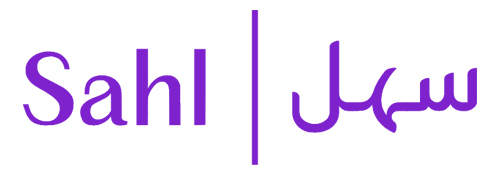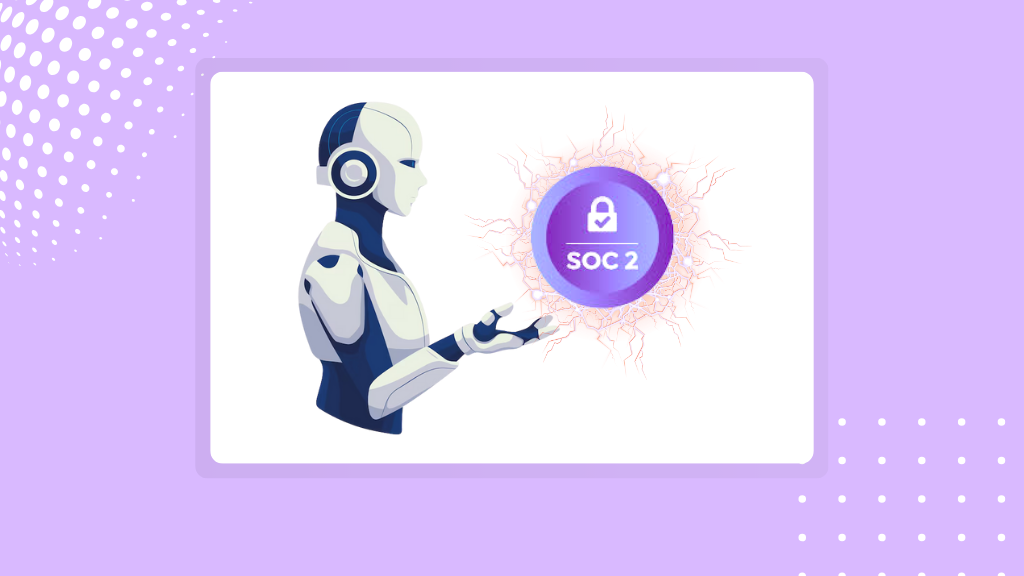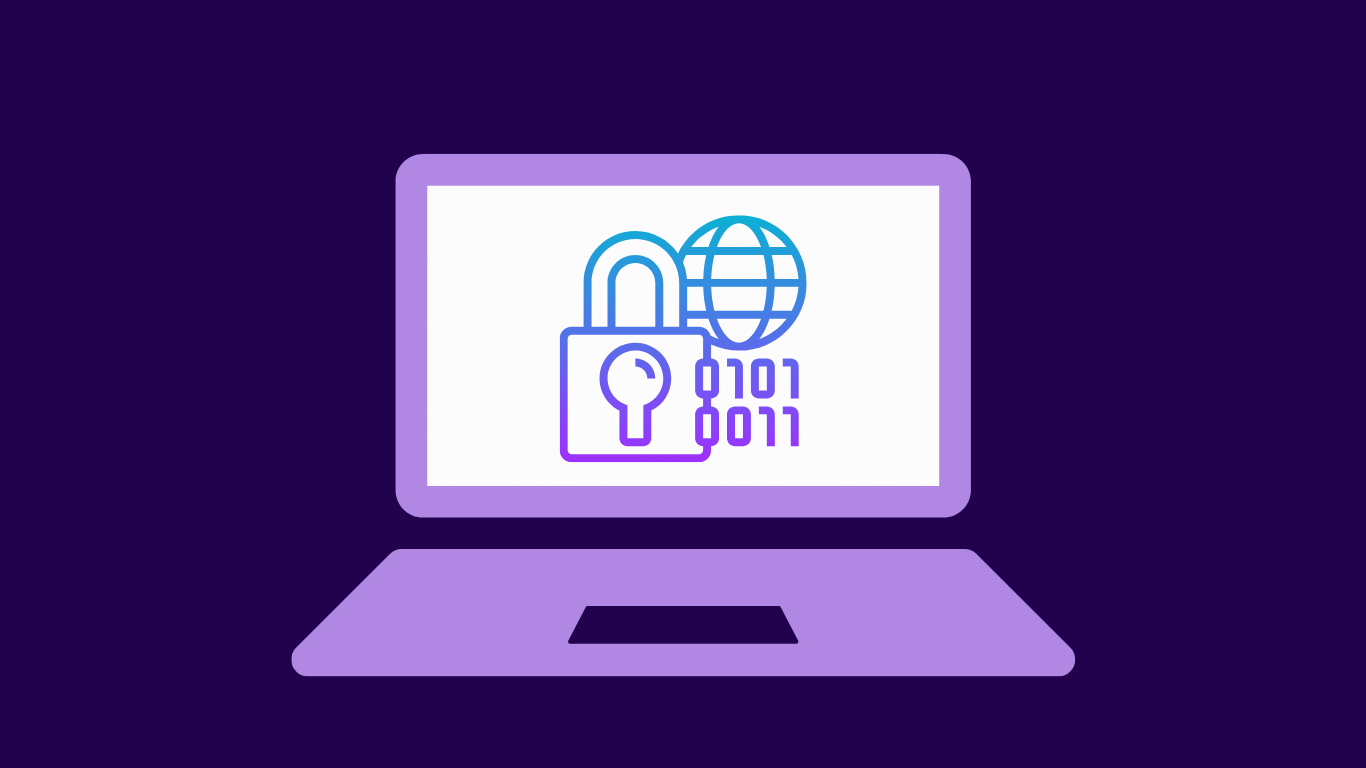AI-powered SOC 2 compliance is quickly becoming essential for SaaS companies that manage customer data. It’s no longer optional —SOC 2 has become a core requirement and a signal of credibility. Without it, sales cycles slow down, partnerships face delays, and customer trust becomes harder to earn. Although the end goal is clear—building confidence, demonstrating assurance, and proving readiness—achieving SOC 2 is often unclear and time-consuming.
Teams face long hours of documentation, manual evidence collection, and an ever-growing checklist of internal controls. And when audit time rolls around, it is a race to find and format what should have been tracked. That is why more companies are now turning to AI-powered SOC 2 compliance automation.
This shift is not just about saving time. It is about changing how organizations think about compliance — from static certification to living, breathing trust management.
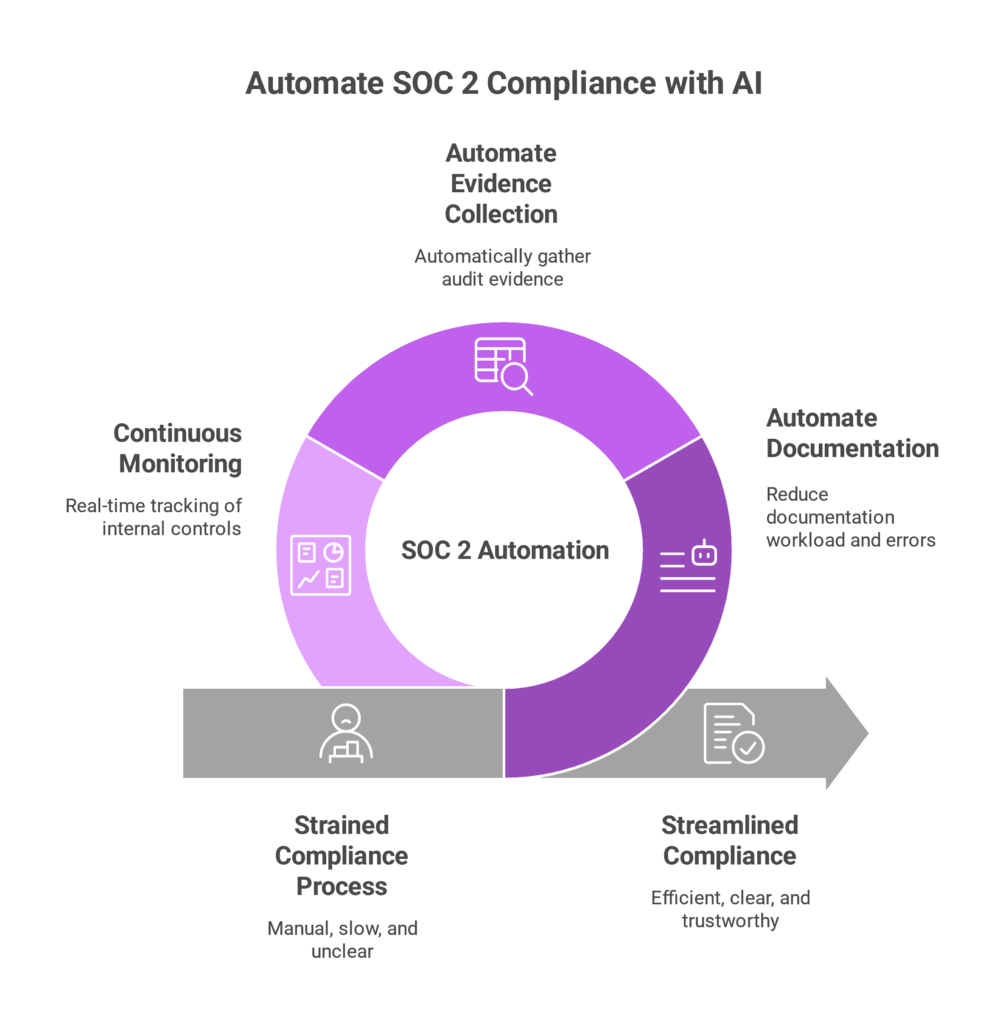
The SOC 2 Landscape Today
SOC 2 (System and Organisation Controls) functions not as a single framework but as a report, an attestation that your organization meets specific criteria for security, availability, processing integrity, confidentiality, and privacy. It is based on the Trust Services Criteria developed by AICPA and applies to nearly every digital business handling customer data.
What complicates SOC 2 is not its principles but the operational burden it introduces. Security controls must be documented, policies must be reviewed, and logs must be collected and linked to control objectives. All of this must align not just during the audit window but throughout the audit period.
For fast-growing companies with expanding infrastructure and multiple teams involved, achieving SOC 2 compliance can feel chaotic and challenging to coordinate.
Why Manual SOC 2 Compliance Slows Teams Down
SOC 2 often becomes a reactive project. A client requests it. The board asks about it. Suddenly, a team needs to “get compliant” without a roadmap, platform, or enough time to handle it manually.
This leads to predictable issues: teams rely on spreadsheets, ownership of controls becomes fragmented, and document collection happens too late. It’s not that teams don’t care — they simply lack the systems to manage compliance effectively.
Where AI Changes the Equation
This is where AI-powered SOC 2 compliance platforms like Sahl’s automation engine come in. They do not just manage checklists — they embed intelligence into the compliance lifecycle.
Instead of asking, “Did we gather the right logs?” AI can surface discrepancies as they happen. Instead of waiting for a quarterly review to spot missing access reviews, it can flag them in real time. Instead of uploading PDF policies, the platform can track edits, alert stakeholders, and version control every update.
By reducing the friction between teams and controls, AI SOC 2 compliance tools do more than speed up certification and embed audit readiness into daily operations.
Moving from Manual to Smart Compliance
People will always play a key role in SOC 2. Your team still needs to review policies and understand risk in context. But AI improves how often, how accurately, and how visibly that work happens.
Compliance officers stop chasing documents two days before an audit. CTOs no longer guess what logs auditors want. Everyone works within a shared system that’s always on and always tracking.
Type II reports — which measure how controls perform over time — become much easier to manage. Instead of reacting to problems, your team stays ahead of them.
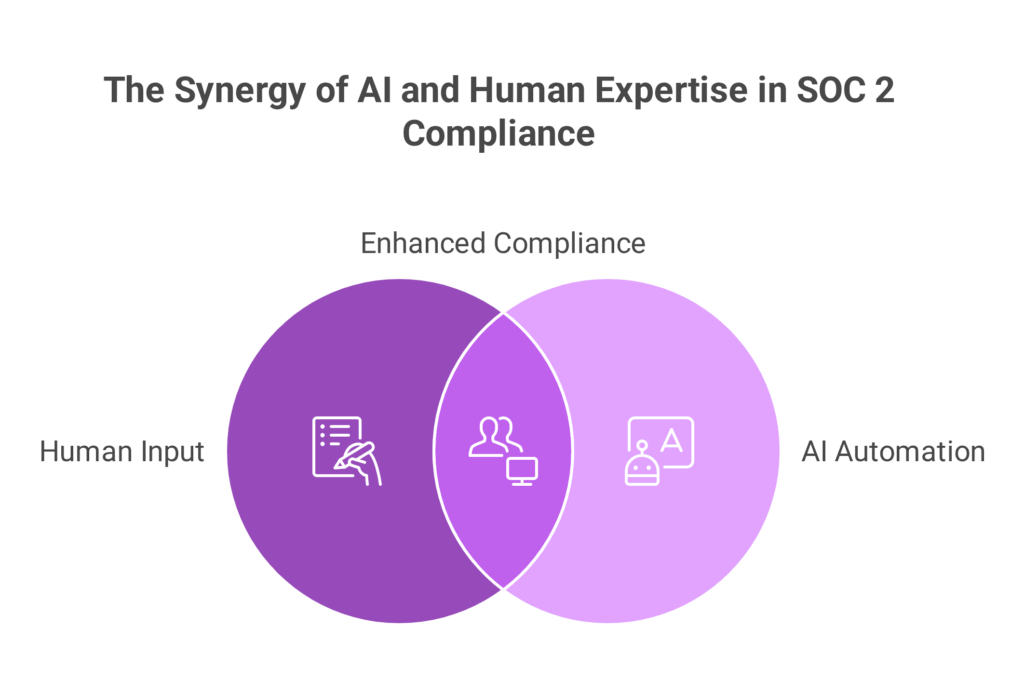
Engineering Trust Through AI SOC 2 Compliance
SOC 2 is about trust. Clients want to know that your organization can responsibly handle their data. Auditors want evidence. Your team wants a process that does not break down under pressure.
That is what AI-powered SOC 2 compliance delivers: not a shortcut but a smarter route. A path where readiness is actual, controls are active, and teams can focus on improving systems—not just documenting them. If your team is preparing for its first SOC 2 report or preparing for renewal, platforms like Sahl are designed to support that journey—not by replacing people but by empowering them.
